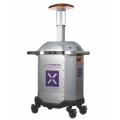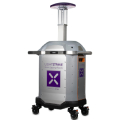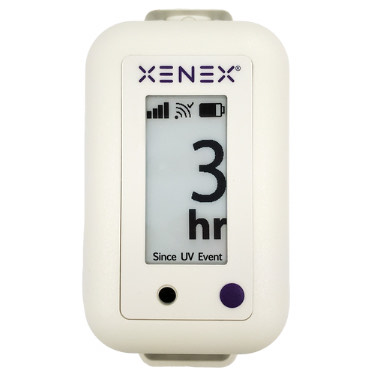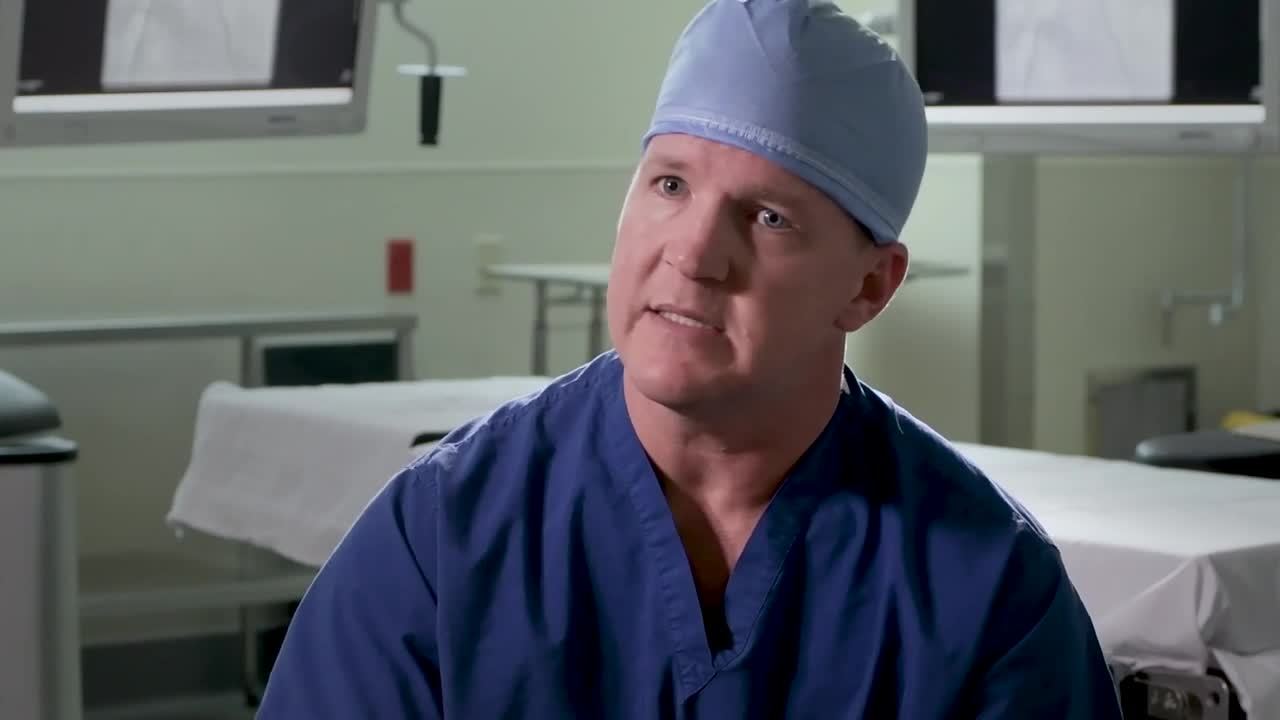The Institute of Medicine (IOM) released its seminal report back in 1999, To Err is Human… The IOM report states that the problem is not bad people in healthcare, but it is that good people are working in bad systems that need to be made safer [1]. The IOM report put forth a national agenda for reducing medical errors and improving patient safety through the design of a safer health system. Adverse events occur when patients suffer an unintended physical injury, and medical errors occur when inaccurate or incomplete diagnosis or treatment of a disease or other ailment could lead to death. The Agency for Healthcare Research and Quality (AHRQ) defines patient quality in healthcare as “doing the right thing, at the right time, for the right patient, that has the best outcome.”
Pathway to Quality Improvement: Healthcare epidemiology is a pathway to quality improvement and patient safety. The goal of any healthcare epidemiologist is to protect patients and their healthcare providers from infectious diseases and other threats. The healthcare epidemiologist in a hospital may be the head of infection prevention, the chief quality officer, or patient safety. They likely have many duties, such as: conducting quality and performance improvement projects, regulatory and public health reporting, healthcare administration, clinician education, and function as a subject matter expert on infectious diseases. Healthcare epidemiologists must work collaboratively across many departments in order to make a meaningful impact on patient safety and quality.
Building Safety Culture: The safety culture of a hospital is directly tied to the quality of care it provides. The safety culture is the beliefs, attitudes, and perceptions healthcare personnel have regarding safety of patients and others. Safety culture is influenced by: hospital leadership, frontline healthcare workers, the availability of collaboration across departments, stakeholder engagement in quality improvement projects, decision-making transparency, and active communication that emphasizes safety. The safety culture will have an impact on the types of quality improvement initiatives implemented, and how well they are implemented. It is important to focus on system flaws, and not individual blame when it comes to improving safety and quality.
No hospital has an infinite amount of resources, so when deciding the types of quality improvement projects to implement in a healthcare setting, some criteria to consider are:
- Impact on patient care
- Impact on patient outcomes
- Magnitude of potential cost savings
- Cost of implementation
- Difficulty with implementation
- Ability to measure performance processes
- Potential benefits outweigh cost of the project
- Relevant to key business issue
- High error rates
- Availability of data
- Impact on profitability
- Potential for success
- Impact on ongoing quality
- Ability to quantify results
- High visibility to patients
- Elimination of reworking
- Risk to patients and employees
Six Sigma is a rigorous methodology for quality improvement that uses tools to problem-solve, target root causes of variations, and redefine processes for long-term results. Six Sigma uses a root cause analysis to analyze serious adverse events. A root cause analysis is a structured method that focuses on identifying systemic flaws, active errors at the point of care between healthcare workers and the system, and latent errors hidden in the system. Six Sigma could be implemented within a hospital as a quality improvement tool through the following steps:
- Define the system, the patient needs, and project goals
- Measure the key aspects of the current processes and collect relevant data
- Analyze and investigate to verify cause-and-effect relationships, root cause analysis
- Improve or optimize current processes based on analyzed data
- Control the future process via setting up statistical process controls, implementing continuous monitoring, and repeat until quality goals are reached
All hospitals are expected to follow high reliability organization principles. High reliability refers to the hospital’s ability to consistently provide safe and high-quality healthcare to patients and their families. Striving for a safety culture that believes “one infection is too many” is a great place to start for high reliability.
— Author Dr. Deborah Passey
- Donaldson MS, Corrigan JM, Kohn LT, editors. To err is human: building a safer health system. National Academies Press; 2000 Apr 1.

















